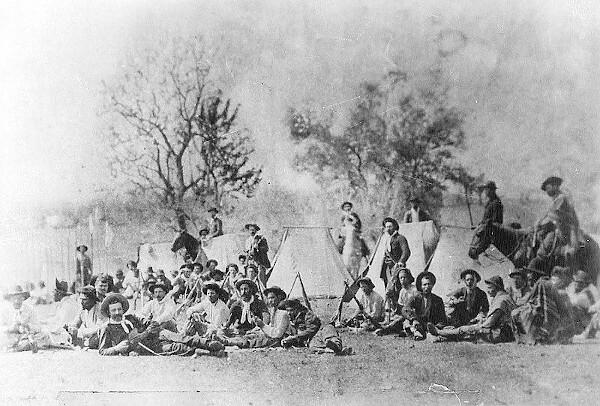In 1492, the Genoese navigator Christopher Columbus made one of the greatest discoveries made during the period of the great navigations. Financed by the resources of the Spanish Crown, this navigator announced the discovery of lands to the west. This feat ended up inserting the Spanish kingdom in the maritime-commercial expansion process that, from the beginning that century, had already provided significant achievements for the Portuguese Empire throughout the entire century XV.
With the rise of the Spaniards in the exploration of new lands, the atmosphere of dispute with the Portuguese intensified. In order to avoid a major conflict, Pope Alexander VI was called upon to negotiate the limits of colonial exploitation between these two European powers. Initially, Portugal sought to guarantee its monopoly on the African coast and Spain was concerned with legitimizing exploration in the lands located to the west.
In 1493, the pope then announced the signing of the Bull Inter Coetera, which fixed an imaginary line 100 leagues from the island of Azores. However, the following year, Portuguese king Dom João II demanded the revision of this first agreement, which did not satisfy Portuguese interests. According to some historians, this change of mind was a strong indication that the Portuguese had knowledge of other lands located in the southern portion of the new continent discovered by the Spaniards. Centuries later, documents would explain this “sudden” change of mind by the Portuguese.
Seeking to avoid the attrition of a military conflict, the Spaniards accepted the revision of the agreements with a new intermediation of the pope. With this, the Treaty of Tordesillas was signed in June 1494. This new arrangement established the demarcation of a new meridian located 370 leagues west of the island of Cape Verde. The territories to the west would be explored by the Spaniards; and the lands to the east were to be controlled by the Portuguese. In this way, the new agreement ensured Portuguese exploration in part of the territories that make up Brazil today.
Shortly thereafter, the provisions of this treaty would be questioned by other European nations that began their process of maritime expansion. Several monarchs did not accept the fact that the division was restricted to the Iberian countries. The French, for example, started to organize maritime expeditions to Brazil as a sign of non-recognition of the treaty. The nations that protested against it actually claimed the principle of useful land tenure to legitimize colonial exploitation.
Through this proposal, the Portuguese were forced to intensify the mechanisms of control and domination over their territories. From 1530 onwards, Portugal sent Martinho Afonso to Brazilian lands, with the aim of founding the first center of colonial exploitation. On the other hand, English and French expeditions sought land in the northern region of the American continent.
Do not stop now... There's more after the advertising ;)
By Rainer Sousa
Graduated in History
Would you like to reference this text in a school or academic work? Look:
SOUSA, Rainer Gonçalves. "Treaty of Tordesillas"; Brazil School. Available in: https://brasilescola.uol.com.br/historiab/tratado-de-tordesilhas.htm. Accessed on June 27, 2021.

